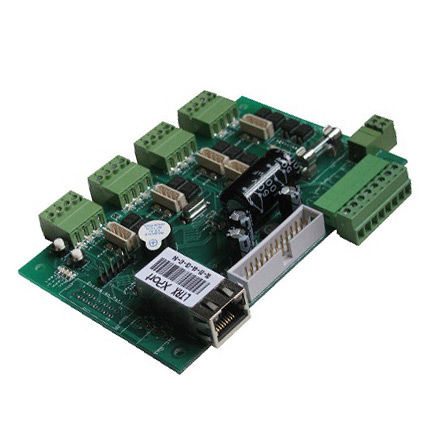

The Silver Mirror Material An Exploration of Properties and Applications
The silver mirror material, widely recognized for its exceptional reflective properties, has captivated the interests of scientific and artistic communities alike. This phenomenon is primarily attributed to a thin layer of silver that is deposited onto a substrate, creating a brilliant, reflective surface. The process of making a silver mirror has been refined over centuries, and a thorough understanding of its properties and applications can shed light on its significance in various fields, from art to technology.
Properties of Silver Mirrors
Silver mirrors are renowned for their remarkable reflectivity. Silver, being one of the most reflective metals, has a reflectivity of over 95% for visible light. This makes it an ideal choice for applications where high light reflectance is essential. The unique quality of these mirrors stems from their molecular structure, allowing them to reflect light waves more efficiently than other materials. The smoothness of the silver surface also plays a crucial role; a well-prepared silver layer ensures minimal scattering of light, resulting in a clear and sharp reflection.
Moreover, silver exhibits excellent thermal and electrical conductivity. This aspect is particularly beneficial in applications that require heat dissipation or the conduction of electrical signals. These properties make silver mirrors an appealing option in industries such as electronics, where heat management is critical for the performance and longevity of components.
Applications of Silver Mirrors
The applications of silver mirror materials are vast and varied, transcending both functional and aesthetic domains. In the realm of art, silver mirrors have been used for centuries in decorative objects and furnishings. Their aesthetic appeal lies in their ability to enhance spaces by creating the illusion of depth and brightness. Historical contexts reveal that silver mirrors were highly sought after among the affluent, symbolizing wealth and status.

In modern times, silver mirrors have found their way into scientific instruments, particularly in telescopes and lasers. The highly reflective nature of silver is indispensable in focusing and directing light, thus improving the efficiency of optical systems. For instance, in telescopes, a silver-coated mirror can effectively collect and reflect light from distant celestial bodies, providing clearer images than those produced by standard glass mirrors.
Furthermore, the coated silver mirrors are increasingly utilized in the field of solar energy. Solar panels equipped with silver reflectors enhance the efficiency of photovoltaic cells by directing more sunlight to them. This application underscores the growing importance of silver mirrors in the transition towards sustainable energy solutions.
In medicine, silver mirrors have seen usage in various instruments, enhancing the visibility of internal structures during examinations. Their antibacterial properties, combined with their reflective characteristics, make them ideal for certain surgical tools and diagnostic devices, contributing to improved outcomes in medical procedures.
Challenges and Future Directions
Despite their many advantages, silver mirrors do face challenges, primarily concerning durability and tarnishing. Silver is prone to oxidation, which diminishes its reflective properties over time. However, advancements in technology have led to the development of protective coatings that help mitigate this issue, ensuring that silver mirrors maintain their brilliance for longer periods.
Looking ahead, the study of silver mirror materials promises exciting developments. Researchers are exploring ways to enhance their properties further, such as increasing resistance to tarnishing and improving the adhesion of silver to various substrates. Such innovations could broaden the scope of applications, making silver mirrors even more integral to both technological and artistic endeavors.
In conclusion, silver mirror materials represent a fascinating intersection of art, science, and technology. Their outstanding reflective properties and diverse applications continue to inspire innovation and creativity across multiple domains, solidifying their relevance in our modern world. As research progresses, the potential for silver mirrors to contribute to advancements in various fields remains ever promising.